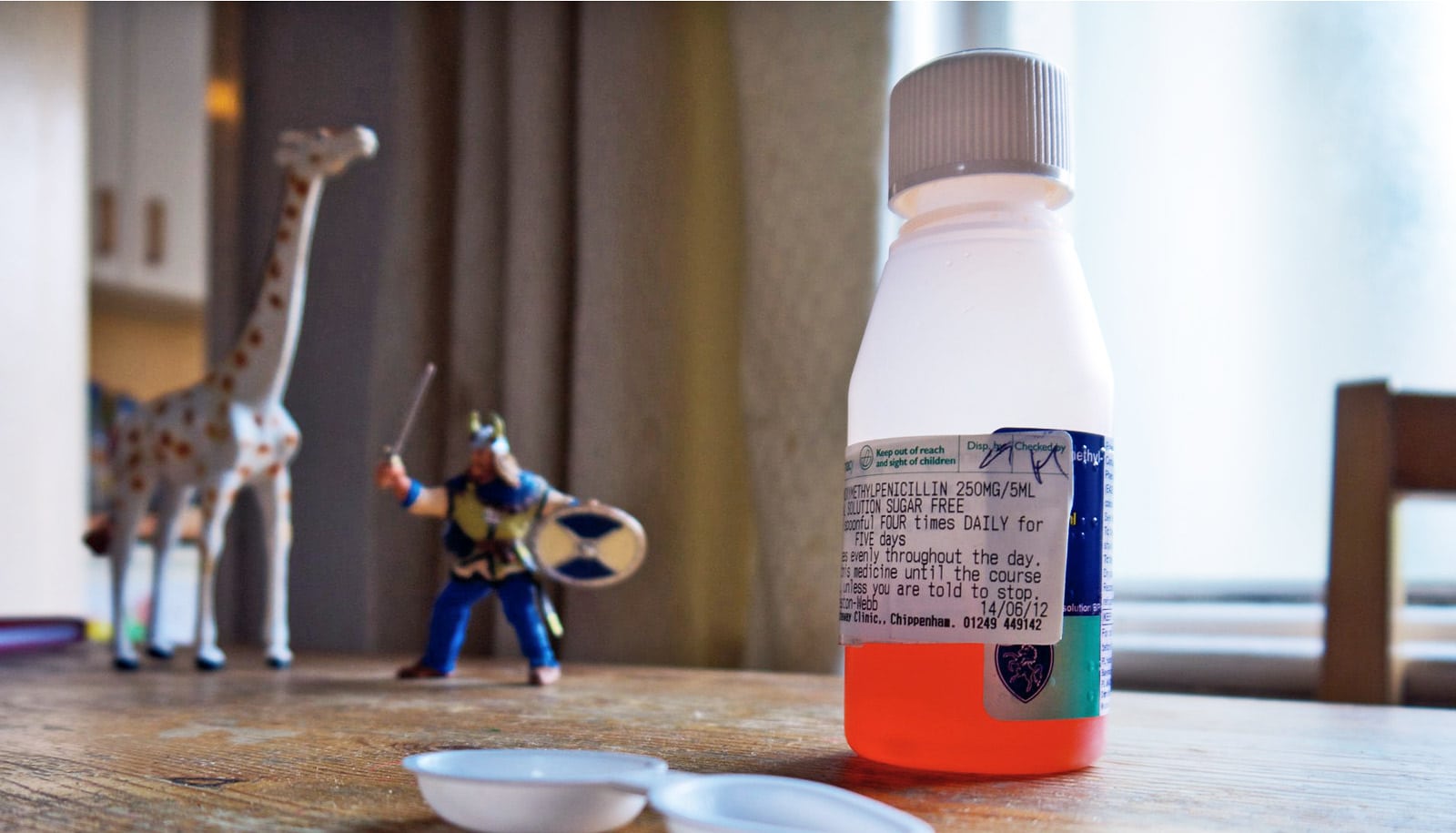A sneaky form of antibiotic resistance is more widespread than thought, report researchers, but tracking “heteroresistance” could help choose drug combinations that can defeat “invincible” bacteria.
The findings show that combinations chosen in this way effectively saved mice from otherwise lethal infections. Scientists say they still need to demonstrate efficacy in hospitalized patients.
Heteroresistance means that standard tests used in hospital labs would not always detect resistance to a given antibiotic because only a small subpopulation of the bacterial cells are resistant to the drug.
But that subpopulation quickly emerges and thrives when that particular antibiotic is thrown at the bacterial infection, says David Weiss, director of the Emory Antibiotic Resistance Center and associate professor of medicine (infectious diseases) at Emory University School of Medicine, Emory Vaccine Center, and Yerkes National Primate Research Center.
“We can think of heteroresistance as bacteria that are ‘half resistant’,” Weiss says. “When you take the antibiotic away, the resistant cells go back to being just a small part of the group. That’s why they’re hard to see in the tests that hospitals usually use.”
In clinical labs, researchers sometimes incorrectly classify heteroresistance as “susceptible,” which could lead to treatment failure. Other times, scientists classify it as uniformly resistant.
Hidden opportunity?
For the study in Nature Microbiology, Weiss and colleagues examined 104 bacterial isolates from a Centers for Disease Control-supported surveillance program in Georgia (Multi-site Gram-negative Surveillance Initiative), tracking multi-drug resistant “superbugs” (Carbapenem-resistant Enterobacteriaceae or CRE). They found that more than 85 percent were heteroresistant to at least two antibiotics.
Viewed in one way, this result is alarming: a lot of those bacteria are resistant to antibiotics in a deceptive way. However, it could actually be an opportunity, researchers say.
If bacteria were heteroresistant to two antibiotics, Weiss and his team found that combining those two antibiotics was more effective at killing them. That’s because the resistant sub-populations were independent and did not rise and fall together. If scientists grew the bacteria in the presence of one antibiotic, or knocked out resistance to that antibiotic genetically, it didn’t affect heteroresistance to other antibiotics.
As pointed examples, the researchers chose two isolates of pan-resistant Klebsiella pneumoniae bacteria, Nevada-2016 and AR0040. The first came from a woman who had died in a Nevada hospital in 2016. This “superbug” stimulated alarm from public health officials, because standard laboratory tests showed it was resistant to 26 different antibiotics, including a last resort drug called colistin.
For two antibiotics, the Nevada bacteria were actually heteroresistant. Used together, those antibiotics could eradicate the bacteria in culture, researchers found. A similar approach, but with different antibiotics, prevented mice from succumbing to an otherwise lethal infection with AR0040.
Why do combinations work?
Scientists have used combinations of antibiotics for a long time, but with inconsistent effectiveness. What’s new is the insight into why they work, researchers say. Microbiologists have thought that some combinations of antibiotics might work together synergistically—one antibiotic working to weaken one part of the bacteria, while the other hits a different spot. But Weiss says that the reasons that combinations work might be explained by multiple heteroresistance.
“We’re saying: don’t toss those drugs in the trash, they may still have some utility.”
“Multiple heteroresistance may explain a significant proportion of antibiotic combinations previously identified as synergistic,” the authors write.
The current paper covers carbapenem-resistant enterobacteria, which the CDC has designated as a major threat. Heteroresistance has been observed in other types of bacteria as well; more research can document how widespread it is.
If heteroresistance to multiple antibiotics ever did become linked in a strain, the combination approach wouldn’t work, Weiss says. For now, it could be a way to squeeze more effectiveness out of antibiotics that bacteria have developed resistance to.
“We’re saying: don’t toss those drugs in the trash, they may still have some utility,” Weiss says. “They just have to be used in combination with others to do so.”
“Also, we can’t tell beforehand what combination will work—there isn’t any magic combination,” he adds. “You have to test the strain. But that isn’t so much different from testing bacterial strains for resistance to individual antibiotics anyway.”
Weiss and colleagues have applied for a patent based on the methods described in the paper. The National Institute of Allergy and Infectious Diseases, the Burroughs Wellcome Fund, and the Cystic Fibrosis Foundation funded the work.
Source: Emory University



